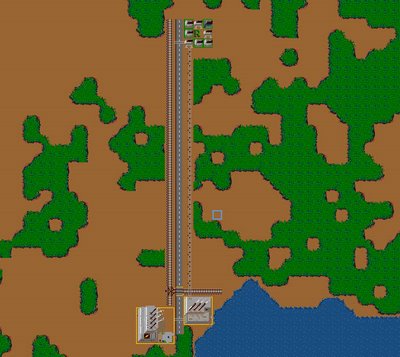For my slow second city I wanted to experiment with what is more accurate to our current model of American cities. IE a suburban residential network outside of a downtown industrial and commercial district. I will intersperse a few residential clusters into the downtown area to represent areas like the North End that has mixed use, but i will keep the majority of the residential at a commute away.
This city which I will name "Fairhaven" will use the following design constraints:
residential clusters on outskirts
"downtown" commercial/industrial areas
1 new zone every 5 years
I'm hoping this city will grow slower and more organically. I will try to be less rigid with my block design.
Fairhaven in 1905.

Fairhaven in 1915.



2 comments:
Ok. Interesting (albeit simple) diagram. The interesting aspect is not in what it currently is, but rather in the latent potential that exists. The placement of the next few zones are crucial - as they will begin to direct what the nature/characteristic of Fairhaven is. Do you build up the end nodes? Do you reinforce the strip? Do you create a third node? Let's see it.
Oh, and answer Andy's question. It is important (read: critical) for everyone to explain the rationale behind their decisions.
Post a Comment